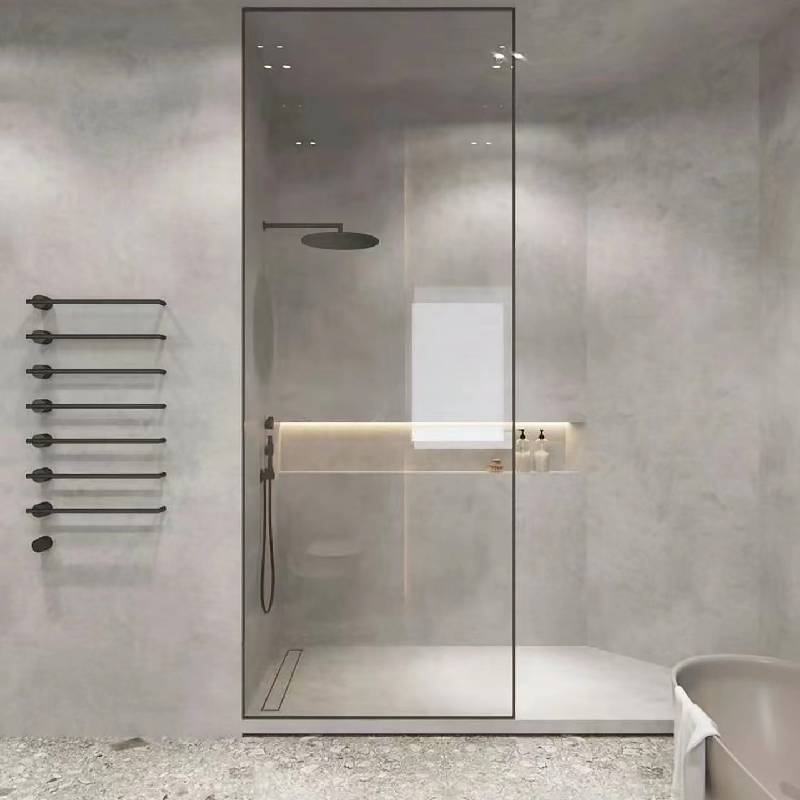

Low-E2 Glass Enhancing Energy Efficiency and Comfort in Modern Architecture
In an era where energy efficiency and sustainable living are paramount, the construction and design industries are constantly seeking innovative materials that can contribute to these goals. One such advancement is the development of Low-E2 glass, a high-performance glazing option that significantly enhances energy efficiency while providing exceptional comfort in indoor environments.
Low-E2 Glass Enhancing Energy Efficiency and Comfort in Modern Architecture
The core function of Low-E2 glass is its ability to minimize heat transfer between the interior of a building and the outside environment. During the winter months, it reflects interior heat back into the room, thus reducing the need for heating and lowering energy costs. Conversely, in warmer months, Low-E2 glass reflects exterior heat, keeping indoor spaces cooler and diminishing the reliance on air conditioning systems. Studies have shown that buildings equipped with Low-E2 glass can achieve significant energy savings, often reducing energy bills by as much as 30% when compared to traditional glazing options.

Apart from its energy-saving capabilities, Low-E2 glass contributes to enhanced comfort within indoor spaces. By maintaining a stable indoor temperature and minimizing drafts, it creates a more consistent and pleasant environment. Moreover, it effectively reduces glare while maintaining optimal daylighting, allowing occupants to enjoy natural light without the discomfort of harsh sunlight. This feature is particularly beneficial in office spaces and educational facilities, where productivity and concentration can be heavily influenced by the quality of lighting.
Low-E2 glass also plays a crucial role in protecting interior furnishings and artworks from harmful ultraviolet (UV) rays. These rays can cause fading and deterioration over time, and Low-E2 glass can block up to 99% of them, preserving the aesthetic quality and durability of interior elements. This attribute not only increases the longevity of furnishings but also aids in maintaining the value of residential and commercial properties.
The adoption of Low-E2 glass is supported by various building codes and standards aimed at promoting energy efficiency. Many countries and regions offer incentives for construction projects that incorporate high-performance glazing options, further encouraging architects and builders to consider Low-E2 glass in their designs. As a result, the use of Low-E2 glass is becoming increasingly common in new constructions, renovations, and retrofitting projects.
In conclusion, Low-E2 glass represents a significant advancement in the field of architectural glazing. By enhancing energy efficiency, providing comfort, preserving interior aesthetics, and aligning with sustainable building practices, it offers numerous benefits for both building owners and occupants. As the demand for energy-efficient solutions continues to grow, the role of Low-E2 glass in modern architecture is poised to expand, making it an invaluable component of the sustainable building movement. In a world increasingly focused on reducing energy consumption and environmental impact, Low-E2 glass stands out as a remarkable solution that marries functionality with sustainability.